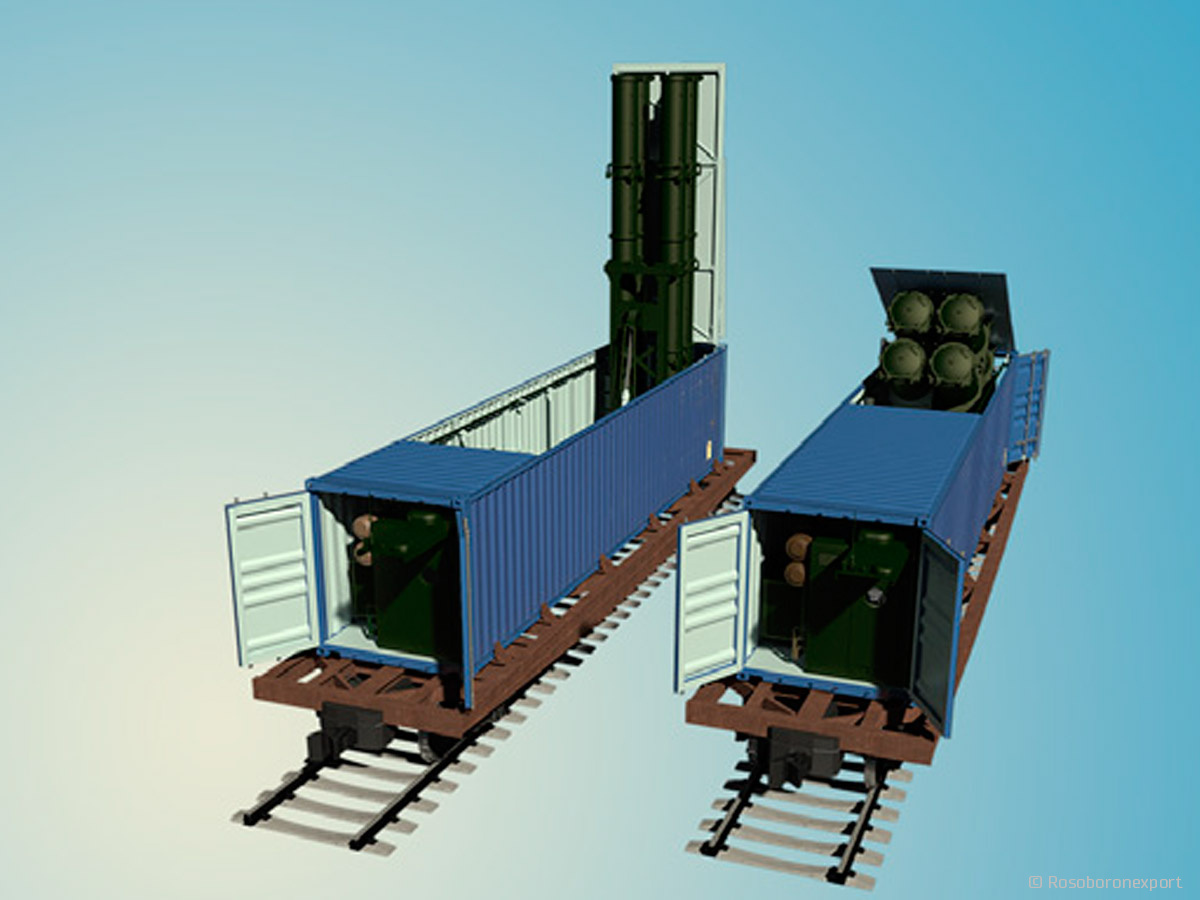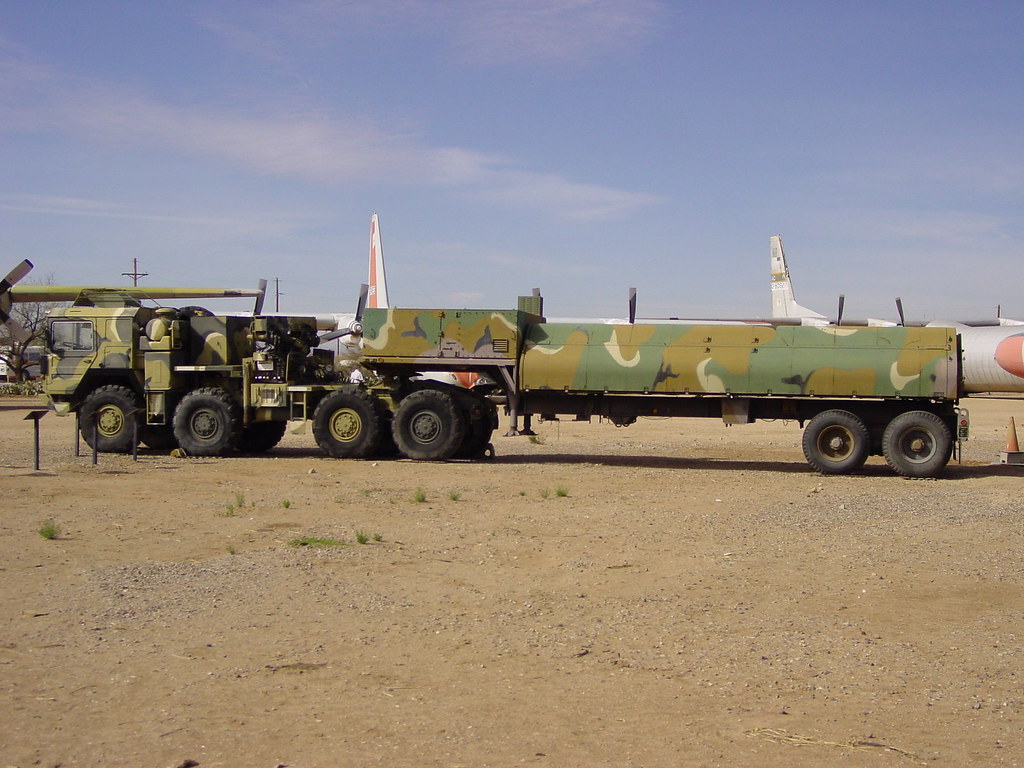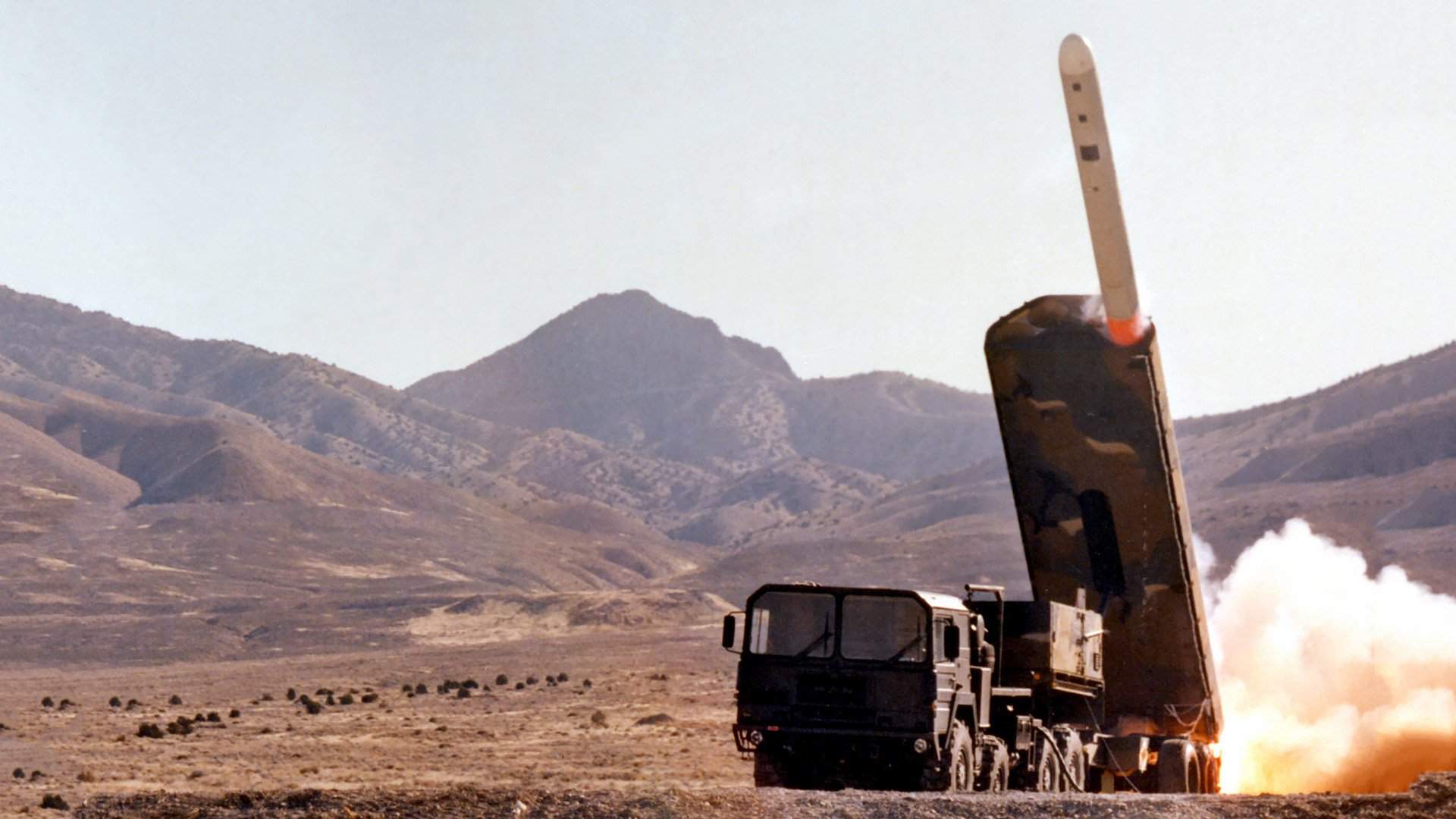The US Army announced that on June 27, 2023, a successful demonstration and test launch of the Tomahawk cruise missile was carried out from the mobile ground launcher of the first experimental battery of the new American medium-Range and shorter-range Mid-Range Capability (MRC, official name Typhon) manufactured by Lockheed Martin Corporation. The launch was carried out by the US Army Office for Accelerated Capabilities and Critical Technologies (Rapid Capabilities and Critical Technologies Office - RCCTO) in conjunction with the US Navy Program Office for Unmanned Aircraft and Strike Systems and the 1st Multi-Domain Task Force (1st Multi-Domain Task Force - MDTF), which includes an experimental battery of the MRC complex Typhon, and, according to the US Army, demonstrated the achievement of full combat readiness of the experimental battery of the complex.
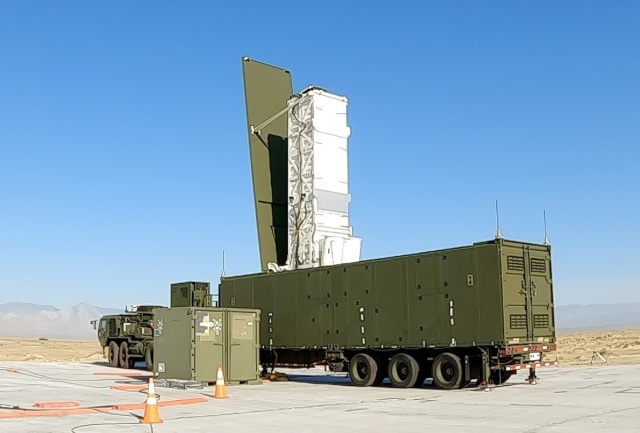
Self-propelled mobile launcher from the first experimental battery of the new American medium-Range and shorter-range missile system Mid-Range Capability (MRC) Typhon, 06/28/2023 (c) Darrell Ames / US Army
According to the statement, earlier "at the beginning of the year" the same experimental battery of the MRC Typhon complex successfully launched the SM-6 Standard rocket.
Recall that the first experimental battery of the MRC Typhon missile system was delivered to the US Army on December 3, 2022. This battery became the first medium-range missile system in the US Army for more than 30 years and after the termination of the Soviet-American Treaty on the Elimination of Intermediate-Range and Shorter-Range Missiles in 1987.
Developed for the US Army, the MRC Typhon medium- and shorter-range ground-based mobile missile system ("Typhon" is a giant from Greek mythology who defied Zeus) should use two types of shipboard missiles in service with the US Navy - the Raytheon Tomahawk subsonic cruise missile and the Raytheon Standard SM-6 multi-purpose (anti-aircraft) supersonic quasi-ballistic missile, which in this complex should be used to defeat ground and surface targets. Both types of missiles should be produced from the ground version of the ship's universal vertical launcher Mk 41, made in a four-container design on a ground mobile launcher on a trailer towed by a tractor. The missiles must be in the standard design for the US Navy and not be subject to special modifications. The firing range in the ground launch variant of the Tomahawk cruise missile (in Block IV and V versions) with a non-nuclear warhead is estimated to be up to 1800 km, and the Standard SM-6 missiles on a quasi-ballistic trajectory - up to 460 km.
In the future, it will be possible to use other surface-to-surface missiles in the MRC Typhon complex, including hypersonic missiles, which can be created to be placed in the ship's Mk 41 ATVs. In the US Army, the MRC Typhon complex should become an intermediate link in range between the promising Lockheed Martin PrSM (Precision Strike Missile) operational-tactical missile system with a firing range of 499-550 km (up to 1000 km in the future) and the promising ground-based hypersonic medium-range missile system LRHW (Long Range Hypersonic Weapon, aka Dark Eagle), with a claimed range of more than 2,775 km .
The MRC Typhon complex was created under the guidance of RCCTO. In November 2020, Lockheed Martin Corporation received a contract worth $ 339.319 million for the creation and testing of a prototype battery of the MRC ground-based missile system using Tomahawk and SM-6 missiles, the contract is valid until December 31, 2023.
According to the planning documents, the US Army planned to deploy the first experimental mobile battery of the MRC complex no later than September 2023, and then form three more batteries. The system integration and verification of the experimental battery were scheduled for the third quarter of fiscal year 2022 (that is, for April-June 2022), and now, after declaring it combat ready, the process of commissioning and training of this battery should be completed by the second quarter of 2024 fin. year (i.e. by January 1, 2024).
The standard battery of the MRC Typhon complex consists of four four-shot launchers on three-axle trailers towed by Oshkosh HEMTT A4 M983A4 Patriot (8x8) tractors (similar to the LRHW complex), and one Battery Operations Center (BOC) command post on the same trailer. The battery will also include one BSV auxiliary communication vehicle based on HMMWV (4x4) for the BOC command post, and several transport-charging vehicles on three-axle trailers towed by 6x6 vehicles.
In 2021, officials stated that the MRC Typhon complex is considered more important and priority for the US Army than the LRHW (Dark Eagle), since the former is more flexible, cheaper and will be deployed in much larger quantities. According to some reports, the US Army plans to form at least five linear divisions of the MRC Typhon complex - presumably three-battery composition each.
On August 18, 2019, the US Department of Defense conducted a test launch of a Tomahawk cruise missile in a land-based version from an element of the ship's universal vertical launcher Mk 41 mounted on a semi-trailer. It was stated that the missile accurately hit the target at a distance of more than 500 km.
In turn, the Standard SM-6 RIM-174A (ERAM) missile in its current version has been in service with the US Navy since 2013 and was created by upgrading the Standard SM-2ER Block IV (RIM-156B) anti-aircraft missile with an active radar homing head of the AIM-120C air-to-air missile AMRAAM, as well as equipment with an inertial-satellite correction system (in the SM-6 Block IA variant) and two-way data transmission equipment. As a result, the SM-6 missile, with a firing range of up to 250 nautical miles (up to 460 km), can hit air targets such as aircraft and cruise missiles, intercept ballistic missiles at the final stages of the trajectory, can hit sea targets and ground targets. The missile also has the ability to use external targeting from other platforms, including aviation, and can also be integrated into the advanced network information and control systems of the US Army air defense. However, as part of the MRC system, the missile will be designed primarily for "rapid" destruction of ground targets.
It is reported that after 2024 fin. A new version of the SM-6 Block IB missile being created should be integrated into the MRC, which will have hypersonic (i.e. exceeding M = 5) speed and an increased range for ground and surface targets - estimated up to 400 miles (740 km). The increase in performance will be achieved by equipping the rocket with a new mainline solid-fuel engine of a larger diameter (21 inches - 533 mm), instead of the standard SM-6 solid-fuel rocket engine of the SM-2 series with a diameter of 13.5 inches (343 mm), while reducing the span of the rudders and stabilizers of the rocket, which will allow the use of the entire the diameter of the launch cells of the ship's universal vertical launcher Mk 41. Also, the SM-6 Block IB rocket will presumably receive a more powerful warhead (now the SM-6 rocket has a warhead weighing only 140 pounds - 64 kg).
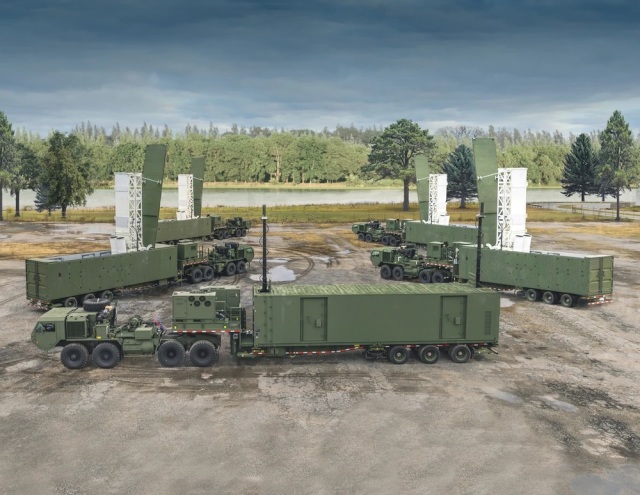
Elements of the first experimental battery of the new American medium-Range and shorter-range missile system Mid-Range Capability (MRC) Typhon, 10.01.2023 (c) Darrell Ames / US Army
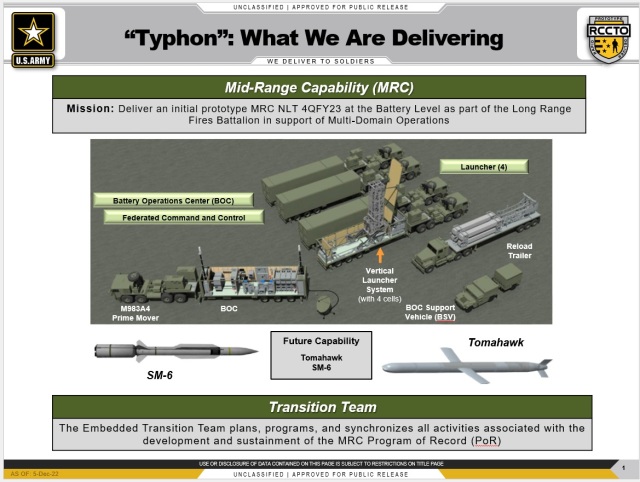
Presentation to the USA of the new American ground-based mobile missile system Mid-Range Capability (MRC) Typhon. The composition of the battery of the complex (c) Association of the US Army is shown


